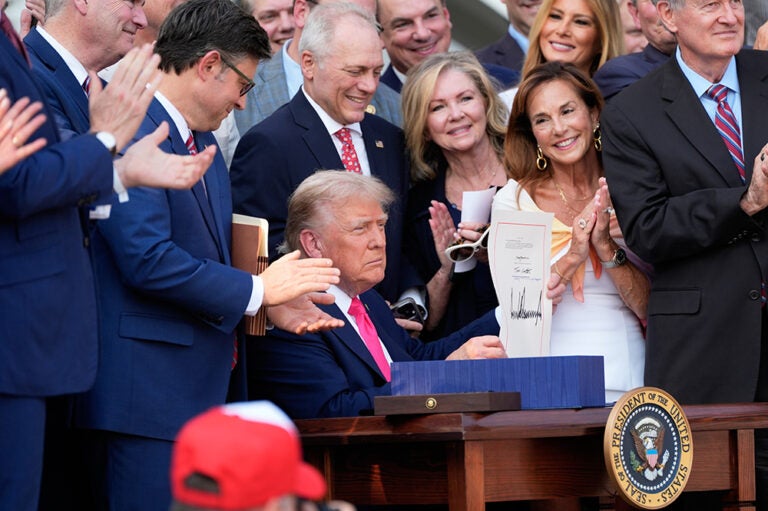Today, the Trump Administration released its Fiscal Year 2026 Discretionary Budget Request in advance of the full budget release later in May, providing its request for appropriations for fiscal year 2026. The Administration would maintain total discretionary spending at the same amount, $1.6 trillion, as provided for this current year, while reconfiguring the allocation within that total. The skinny budget does not address revenues or mandatory spending, so it fails to present a full picture of the budgetary challenges that define the U.S. fiscal outlook.
The Administration would allow for significant increases in the base funding for two departments: Defense and Homeland Security. Defense spending would increase by 13 percent year-over-year, from $848 billion to $962 billion, including resources allocated via the reconciliation process. Spending for the Department of Homeland Security would increase by nearly 65 percent, from $65 billion to $107 billion, mostly to address border security and other issues.
A few departments would see small increases in funding (Veterans Affairs, Transportation, Energy), but all others would face reduced appropriations. In particular, funding for the Department of State and international programs would fall from $59 billion in 2025 to $10 billion in 2026, a drop of 84 percent. Other large reductions were proposed for the Departments of Housing and Urban Development ($34 billion in program cuts, or 44 percent), Health and Human Services ($33 billion, or 26 percent), and Education ($12 billion, or 15 percent).
Emergency funding and other appropriations outside of the base amounts would be reduced substantially, from $218 billion in 2025 to $78 billion in 2026. Most of that $139 billion decrease stems from the unlikely assumption that no money would be provided with the designation of “emergency requirement” ($120 billion). The rest of the reduction in non-base funding stems from the decline in remaining funding from the Infrastructure Investment and Jobs Act (offset by small increases for disaster relief and other, smaller categories).
The first budget from the first year of a new Administration is an important statement of priorities. With its “skinny” budget, the Trump administration is communicating its preferences for reallocating nondefense discretionary spending. However, the document is not a full picture of the fiscal situation, as it is largely silent on mandatory spending and revenues — in particular, changes to be made in the larger reconciliation process that lawmakers are working on now. That reconciliation bill would allow up to $7 trillion in additional debt over the next decade. Given the nation’s already dangerously unsustainable fiscal outlook, lawmakers should use both the annual appropriation process as well as budget reconciliation to improve the situation — or at the very least, do no fiscal harm.
Photo by Anna Moneymaker/Getty Images
Further Reading
How Did the One Big Beautiful Bill Act Affect Federal Spending?
Overall, the OBBBA adds significantly to the nation’s debt, but the act contains net spending cuts that lessen that impact.
What Is the Disaster Relief Fund?
Natural disasters are becoming increasingly frequent, endangering lives and extracting a significant fiscal and economic cost.
How Much Does the Government Spend on International Affairs?
Federal spending for international affairs, which supports American diplomacy and development aid, is a small portion of the U.S. budget.


